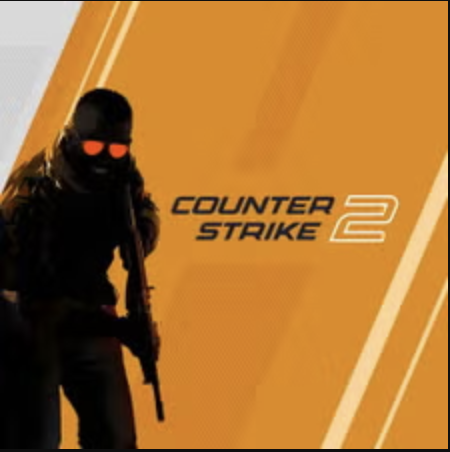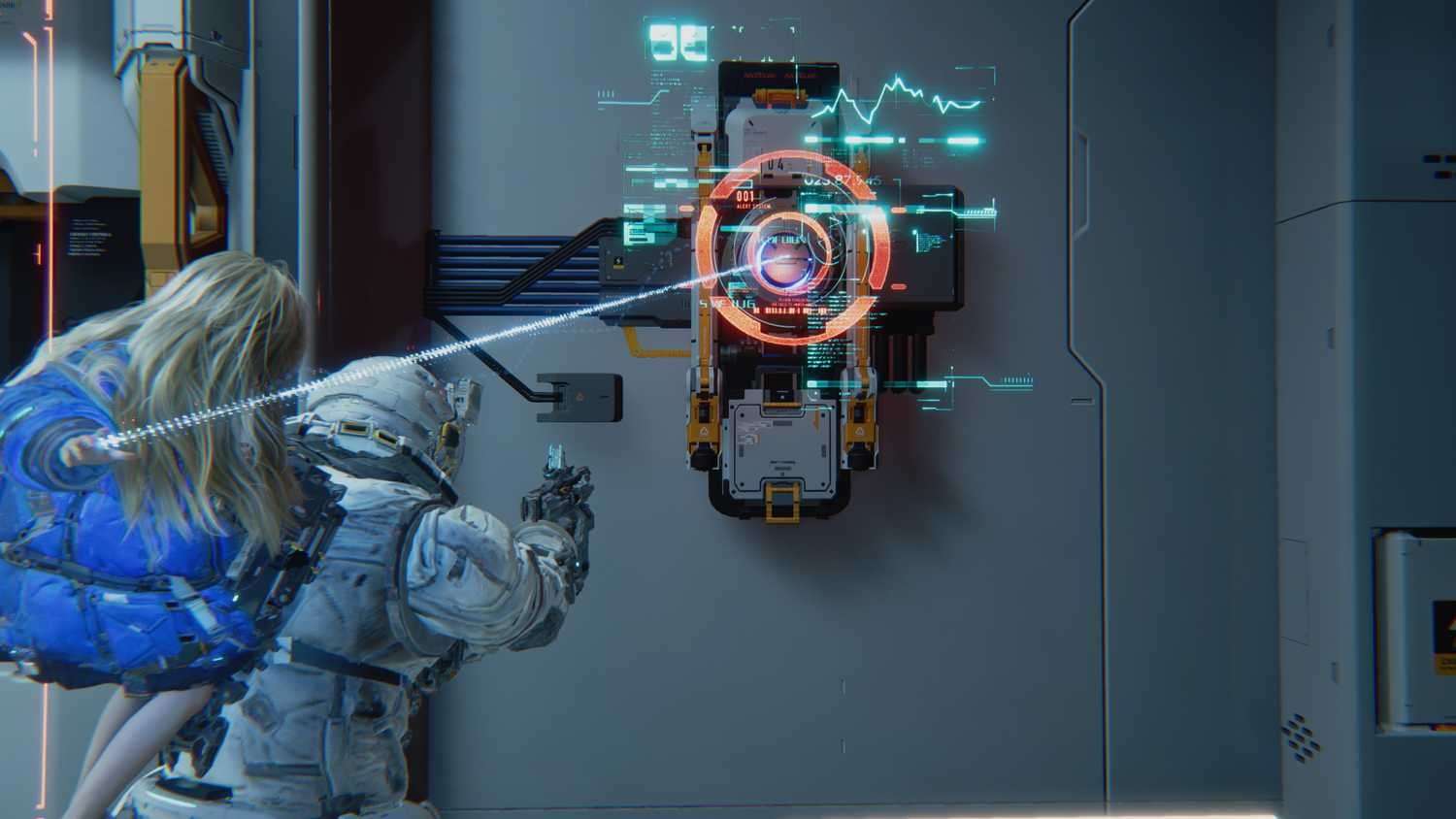Pragmata’s Innovative Combat-Puzzle Mechanics: A Deep Dive into Next-Gen Strategic Gameplay
Popular Now
 The Legend of Zelda
The Legend of Zelda
 Stumble Guys
Stumble Guys
 Valorant
Valorant
 Geometry Dash
Geometry Dash
 NBA 2K24
NBA 2K24
 Fortnite
Fortnite
 God of War Ragnarök
God of War Ragnarök
 Counter-Strike 2
Counter-Strike 2
 PUBG Mobile
PUBG Mobile
 Candy Crush Saga
Candy Crush Saga
From the moment Capcom unveiled Pragmata, the gaming world was captivated by its enigmatic premise and stunning visual fidelity. While information has been meticulously scarce, the persistent buzz around its unique ‘combat-puzzle’ mechanics has only intensified. Now, as more insights emerge from developer showcases and industry analyses, it’s clear that the foundational gameplay loop is poised to live up to, if not exceed, the considerable hype. This deep dive explores how Pragmata is meticulously crafting an experience where strategic thinking and dynamic action coalesce, promising a truly groundbreaking addition to the next-generation gaming landscape.
Deconstructing the Hype: What Makes Pragmata’s Mechanics Stand Out?
The concept of merging combat with puzzles isn’t entirely new in video games, but Pragmata appears to be pushing the boundaries of integration. Unlike many titles where puzzles are distinct breaks from action, Pragmata’s design philosophy suggests a seamless, real-time intertwining. The environment itself is not just a backdrop for intense skirmishes but an active participant in every encounter. Players aren’t simply navigating obstacles; they are manipulating them to gain a tactical advantage, transforming the battlefield into a dynamic puzzle demanding instant solutions. This innovative approach promises a constant state of engagement, challenging players to think on their feet while under pressure.
 The Core Loop: Seamless Integration of Brain and Brawn
The Core Loop: Seamless Integration of Brain and Brawn
At the heart of Pragmata’s appeal lies its commitment to a gameplay loop where combat scenarios inherently contain puzzle elements, and puzzle solutions often trigger combat sequences. This isn’t about solving a spatial riddle to open a door to the next enemy encounter; it’s about using the environment, character abilities, and even enemy behaviors as components of a larger, evolving problem. Consider these anticipated elements:
- Environmental Manipulation: Players might need to redirect energy flows, activate dormant machinery, or strategically destroy cover to expose enemy weaknesses. The terrain itself becomes a weapon and a shield.
- Ability Synergy: The protagonist’s unique abilities, possibly tied to advanced technology or an alien physiology, are expected to be multi-functional. An ability used for traversal might also be crucial for disabling an enemy’s shields or creating a temporary trap.
- Enemy Vulnerabilities as Puzzle Pieces: Rather than just exploiting elemental weaknesses, players might need to orchestrate complex sequences of actions to make formidable foes vulnerable. This could involve luring enemies into specific areas or baiting them into certain attacks that expose their core.
- Dynamic Real-time Problem Solving: Every combat encounter is less a test of reflexes alone and more a high-stakes strategic puzzle. The pressure of incoming attacks forces rapid evaluation of the surroundings and the most efficient path to victory.
Leveraging Next-Gen Power for Unprecedented Fidelity
Pragmata, developed for PlayStation 5, is not merely showcasing advanced graphics; it’s using the power of next-gen consoles to enable its complex mechanics. The detailed, high-fidelity environments are not just for visual spectacle; they are interactive playgrounds for strategic engagement. Real-time physics, advanced AI behaviors, and intricate visual feedback contribute significantly to the immersive experience. The fidelity of these elements ensures that every environmental interaction, every ability deployed, and every enemy reaction feels tangible and predictable, allowing players to truly understand and master the nuanced combat-puzzle system. This technical prowess underpins the seamless transitions between problem-solving and action, preventing any jarring disconnections in the player’s flow.
Strategic Depth and Replayability: A Modern Gaming Benchmark
The profound strategic depth offered by Pragmata’s mechanics suggests immense replayability. With multiple avenues to approach encounters, players will likely experiment with different strategies, discovering new environmental interactions and ability combinations with each playthrough. This encourages creative thinking beyond typical run-and-gun or hack-and-slash mentalities, fostering a deeper connection with the game world and its challenges. For players seeking more than just a visually stunning experience, Pragmata promises intellectual stimulation intertwined with visceral action, delivering on the promise of an elevated, evolved gaming experience that respects player intelligence.
 Impact on the Future of Action-Adventure Games
Impact on the Future of Action-Adventure Games
If Pragmata successfully delivers on its ambitious promises, it could set a new benchmark for how combat and puzzle elements are integrated into action-adventure games. Its innovative design could inspire a wave of titles that move beyond segmented gameplay experiences, offering instead a fluid, challenging, and profoundly engaging blend of action and cerebral engagement. Capcom’s pedigree in creating genre-defining experiences, from Resident Evil to Monster Hunter, lends significant weight to the expectation that Pragmata will not just be another game, but a pivotal moment in the evolution of interactive storytelling and gameplay mechanics.
In conclusion, despite the protracted development and sparse details, the foundational design principles of Pragmata’s combat-puzzle mechanics appear robust and deeply promising. The game isn’t merely adopting a new gimmick; it’s fundamentally rethinking how players interact with challenges in a virtual world. For those craving strategic depth, stunning visuals, and truly innovative gameplay, Pragmata’s unique blend of brain and brawn is clearly living up to the immense anticipation, setting the stage for a truly unforgettable next-gen adventure.









